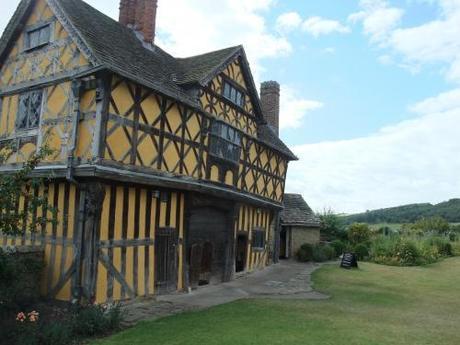
I have frequently driven through the town of Craven Arms on my way to Wales or the Welsh Marches and noticed a sign to Stokesay Castle and each time I think I really must go and visit but I don’t. Then earlier this year my youngest son and I took a slow and ponderous train journey from Hereford to Bangor and the route went along the other side of Stokesay and I could see the castle in all its glory and my mind was made up that I would visit at the next opportunity. So when I was planning my trip to Wales a few weeks back now I made sure that Stokesay was en route. I am so glad I did as it is a wonderful place.
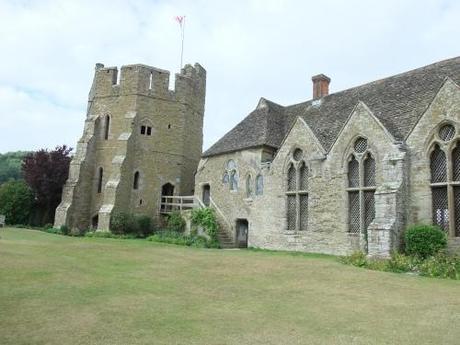

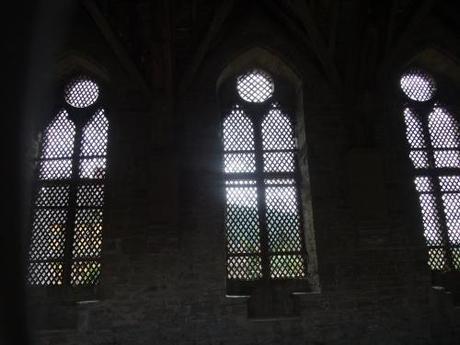
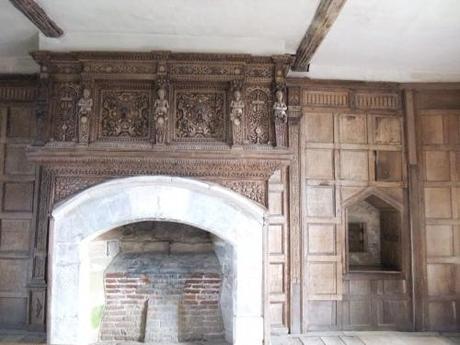
I was also impressed with the Solar Block and the amazing panelled walls. These date from the 17th century and the carving above the fireplace is particularly ornate. Apparently when it was first installed it was brightly coloured but I like it as it is now.
As I have said above Stokesay was caught up in the English Civil War and like many other grant houses suffered as a result. The castle’s barns and stables were all pulled down to provide a clear sight line for the defenders and the walls were reduced in height to make it indefensible. The house was by now in the ownership of the Baldwyn family and continued to be occupied on and off until the end of the 18th century. After this time it was sublet to various tenants who made numerous changes to the buildings in order to provide storage and workshops. Stokesay became a sort of early tourist attraction for the travelling well to do with Turner describing it as ‘one of the perfect and interesting 13th century buildings’.
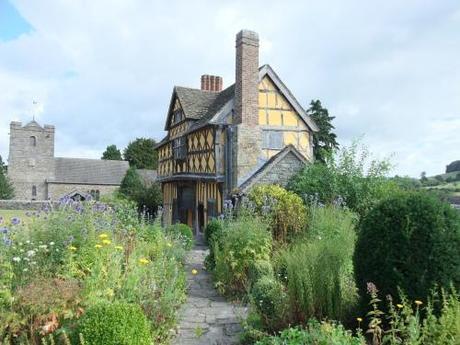
Whilst Stokesay Castle, and in particular its Tudor gatehouse, appealed to the devotees of romantic and picturesque movement in the 19th century the buildings were deteriorating and the property was at risk of collapse. Luckily it was rescued by Frances Stackhouse Acton, who was a huge fan of medieval art, who appealed to the second Earl of Craven, the then owner, to do something about the property. She must have been very persuasive since the Earl of Craven complied and Mrs Stackhouse Acton oversaw the work! The house’s fortunes continued to be a little unsettled, it had a new owner in 1869 but by 1986 it was placed under the guardianship of English Heritage.
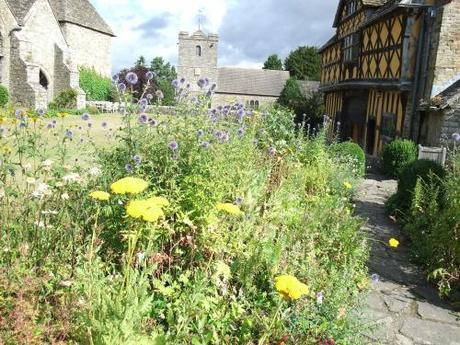
I was so fascinated by the buildings and interiors which were unlike any other castle I had visited that I ended up buying the guide-book so I could learn more of the manor houses’ history. I think what really appealed to me was that unlike many castles and stately homes this property was not lived in by aristocracy but by people who had earned their money through endeavours such as trading in wool and in the 19th century through making gloves – I like those sort of people and the stories that go with them.
I really enjoyed my visit and would recommend Stokesay Castle to any one visiting the borders of England and Wales. It is something different, it still retains the romantic and picturesque feel that won Frances’ heart back in the 19th century and saved it from dereliction.

